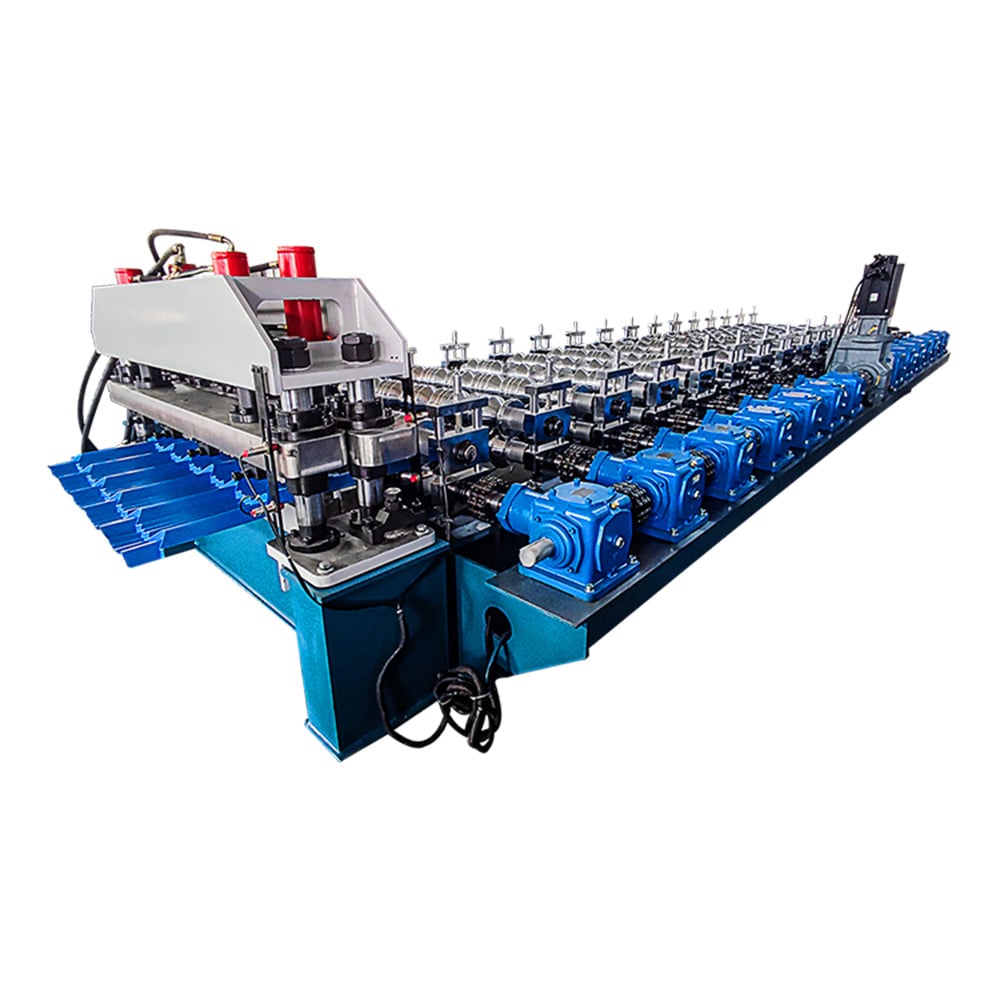Introduction: Understanding the Basics of a Slip Roll Forming Machine
If you are in the metalworking industry, you may be familiar with the term “slip roll forming machine”. Essentially, this machine is used to curve, form and shape a variety of flat metal sheets into different profiles and shapes. The process involves feeding the metal into the machine, which then uses a series of rollers to shape the metal according to your desired specifications.
Components of a Slip Roll Forming Machine
A typical slip roll forming machine is made up of three main components: the frame, the roller system and the drive system. The frame is the main housing that holds all the parts together. The roller system consists of three rollers - one top roller and two bottom rollers - that are mounted on bearings and can be adjusted to give the desired curvature to the metal sheet. The drive system powers the rollers via a motor.
How Does it Work?
The process of slip roll forming involves feeding the flat metal sheet into the machine, where it is gripped by the rollers and passed through the forming process. The top roller is adjustable and can be moved up or down depending on the radius of curvature desired. The bottom rollers remain stationary while the top roller exerts pressure on the metal sheet, causing it to curve and take on the desired shape. The curved sheet is then released from the machine and can be further processed or worked upon.
Advantages of Slip Roll Forming Machines
Slip roll forming machines offer several advantages over traditional forming methods such as bending or stamping. First, they are capable of creating consistent, repeatable bends and curves. Second, they can work with a variety of flat metal sheets with different properties such as thickness, width and material type. Third, they offer a high degree of precision and accuracy. Lastly, they are relatively easy to operate and require minimal training.
Applications of Slip Roll Forming Machines
Slip roll forming machines are used in a variety of applications across different industries. Some common examples include: forming metal channels, window and door frames, gutters and downspouts, HVAC ductwork, automobile parts, and more. The versatility and flexibility of this machine make it ideal for small and medium-sized metal fabrication shops.
Types of Metal Sheets that can be Used
Slip roll forming machines can work with a wide range of flat metal sheets such as steel, aluminum, brass, copper, and other alloys. The thickness of the metal sheet can range from a few millimeters to several centimeters depending on the machine’s capacity and capabilities.
Finding the Right Slip Roll Forming Machine
When choosing a slip roll forming machine, it is important to consider factors such as its capacity, the quality of its rollers, the machine’s overall durability, and the level of support and technical assistance provided by the manufacturer. It is also important to choose a machine that is within your budget and is the right fit for your particular metalworking needs.
Types of Slip Roll Forming Machines
There are several types of slip roll forming machines available today, each with its own set of unique features and capabilities. Some common types include manual slip roll machines, power slip roll machines, and hydraulic slip roll machines. Manual slip roll machines are typically smaller and less expensive, while hydraulic slip roll machines are larger and more powerful. Power slip roll machines fall somewhere in between.
Slips Rolls vs. Plate Rolls
Another type of roll forming machine is a plate roll, which is designed to form thicker metal sheets into larger and more complex shapes. Plate rolls can handle different types of metals, including stainless steel and titanium, and can handle heavier gauge materials. Slip rolls, on the other hand, are designed for lighter gauge materials and can be used to form more complex shapes as well as straight curves.
Conclusion: The Importance of Slip Roll Forming Machines in Metal Fabrication
Slip roll forming machines play a vital role in the metalworking industry, allowing fabricators to create a wide range of shapes and profiles from flat metal sheets. Whether you are forming channels, window frames, gutters or ductwork, a slip roll forming machine can offer precision, accuracy and flexibility while saving time and money. With a little research and some careful consideration of your needs, you can find the right slip roll forming machine to take your metal fabrication to the next level.

